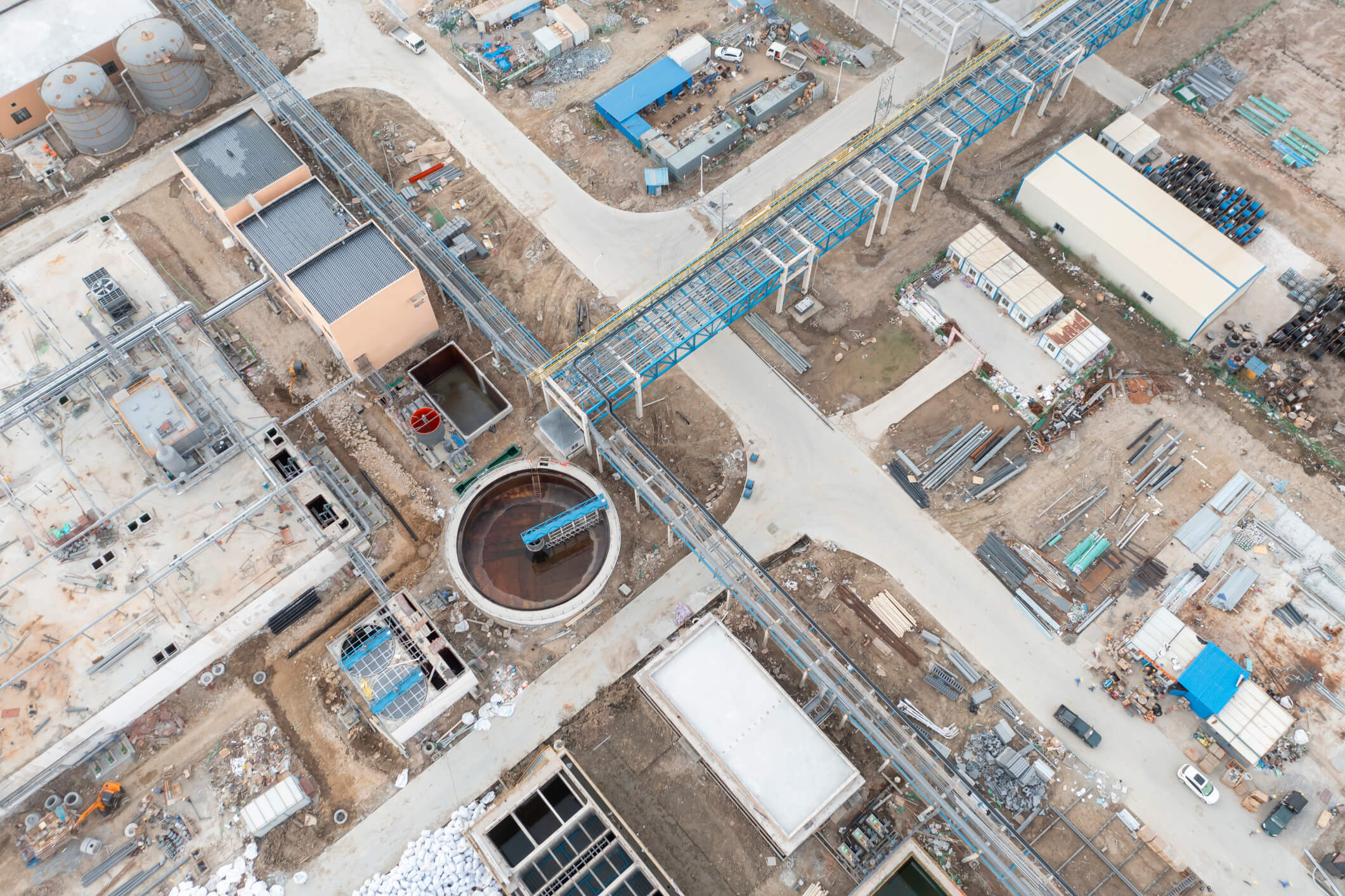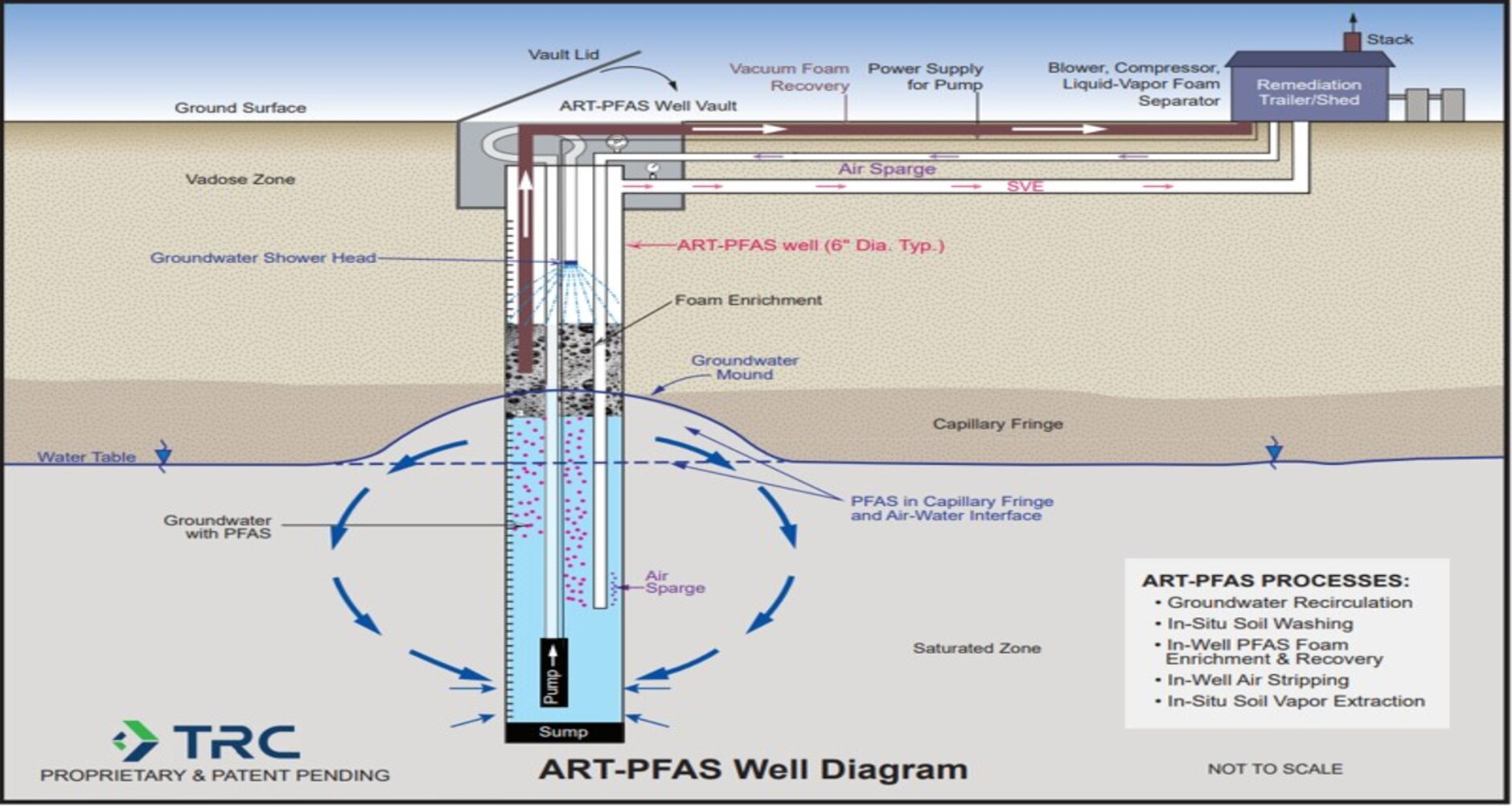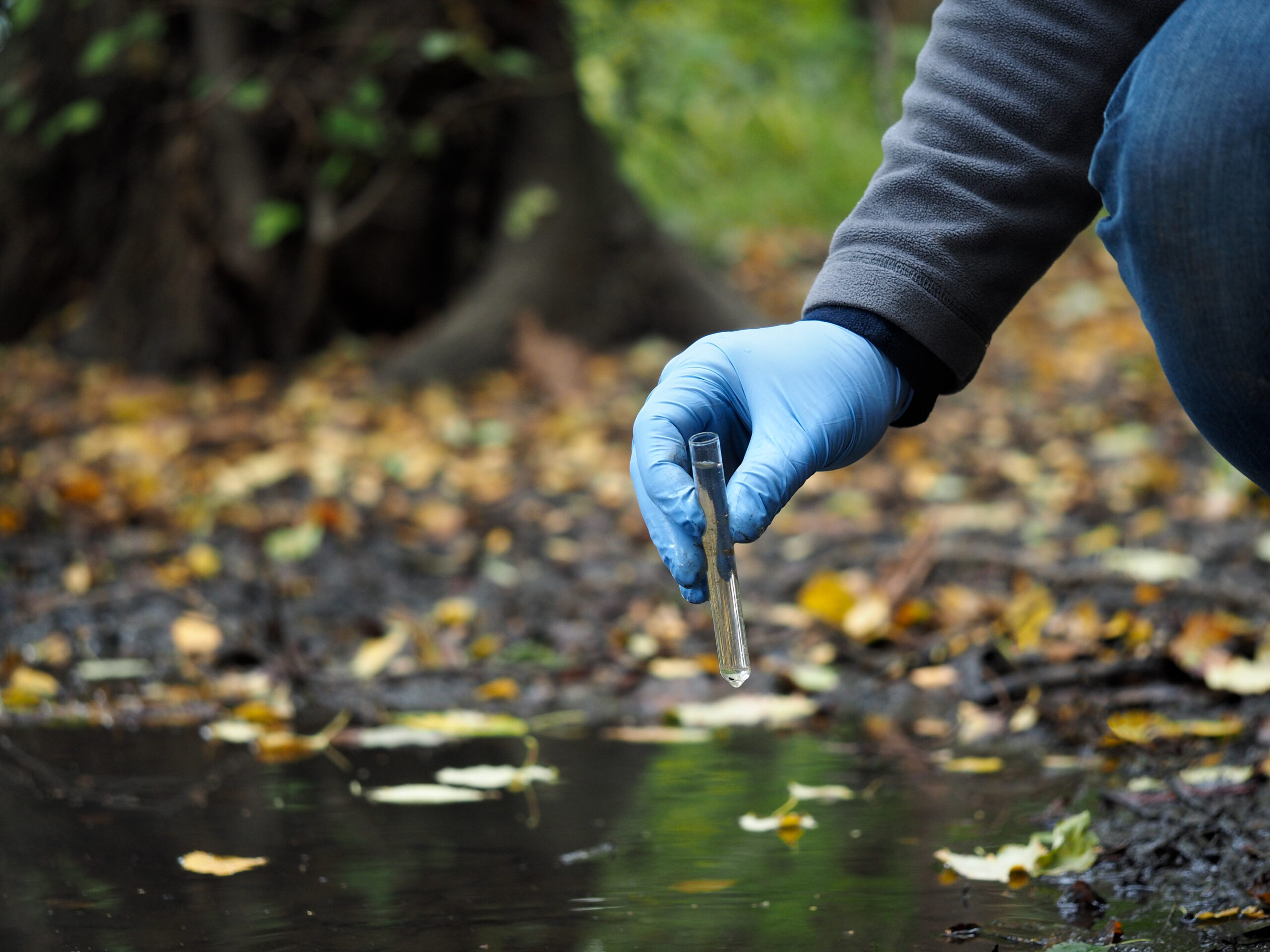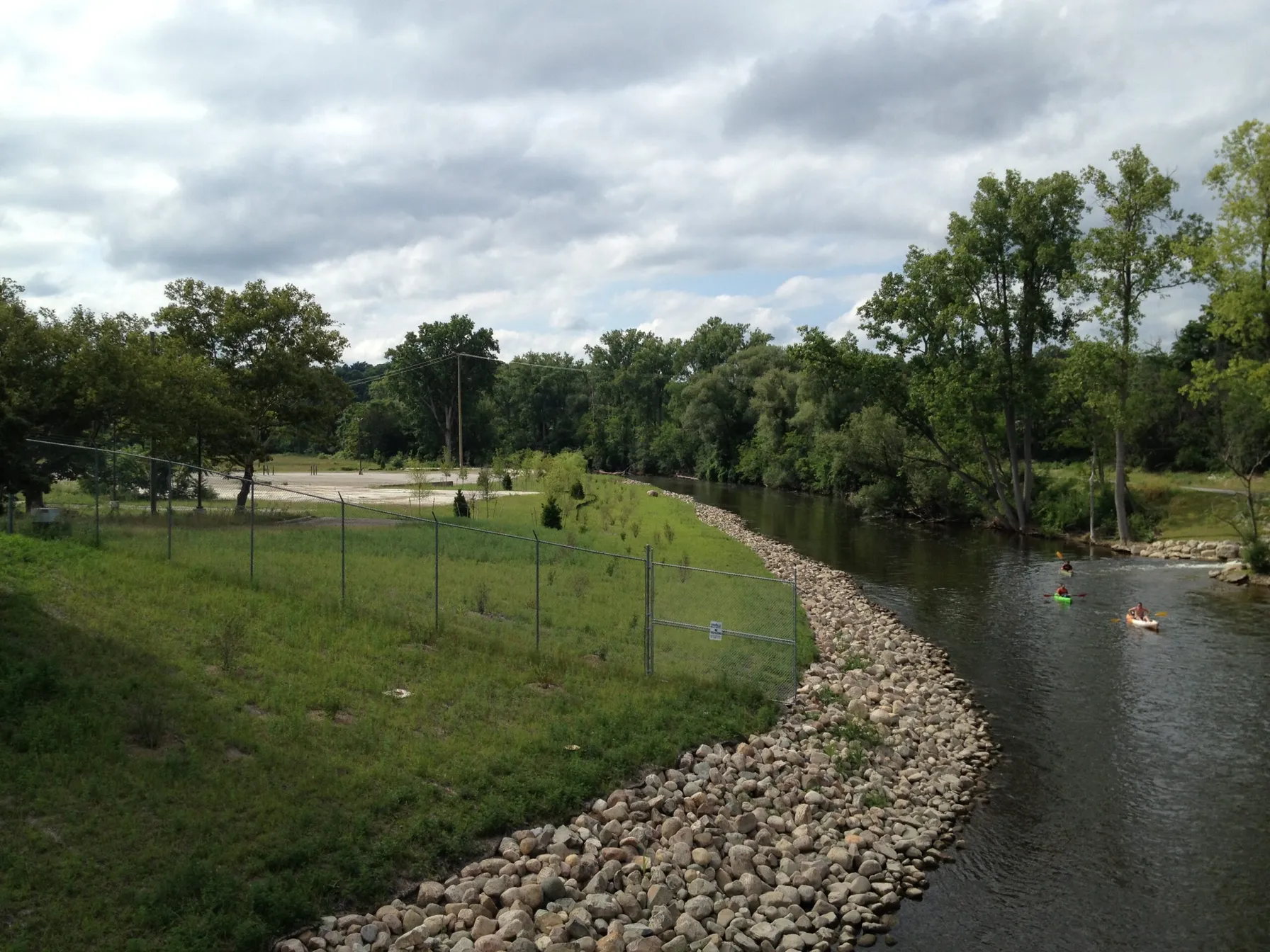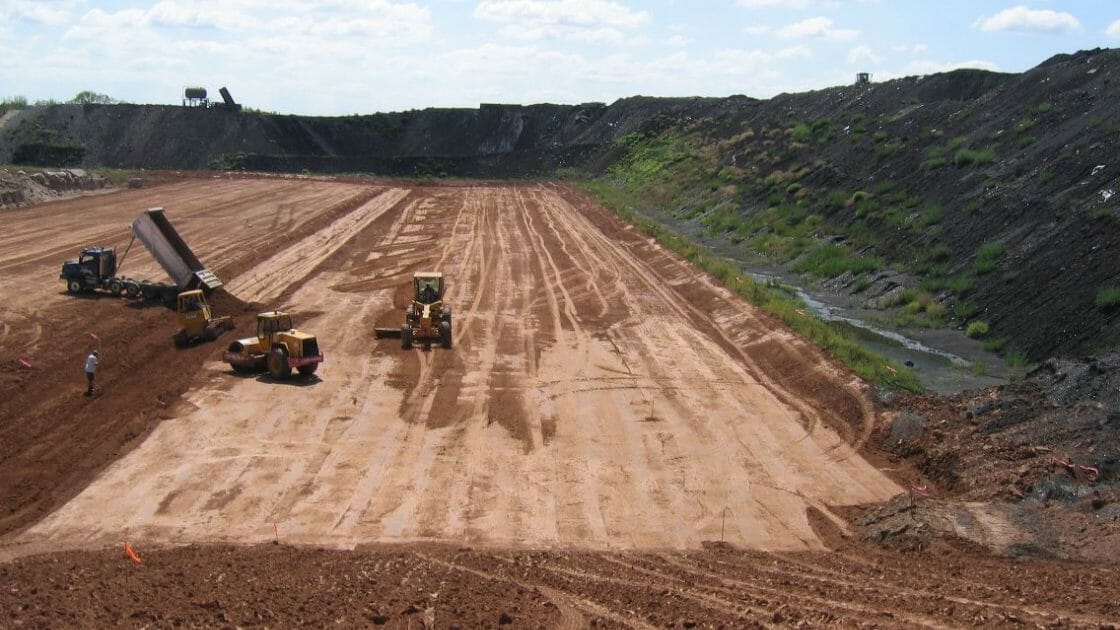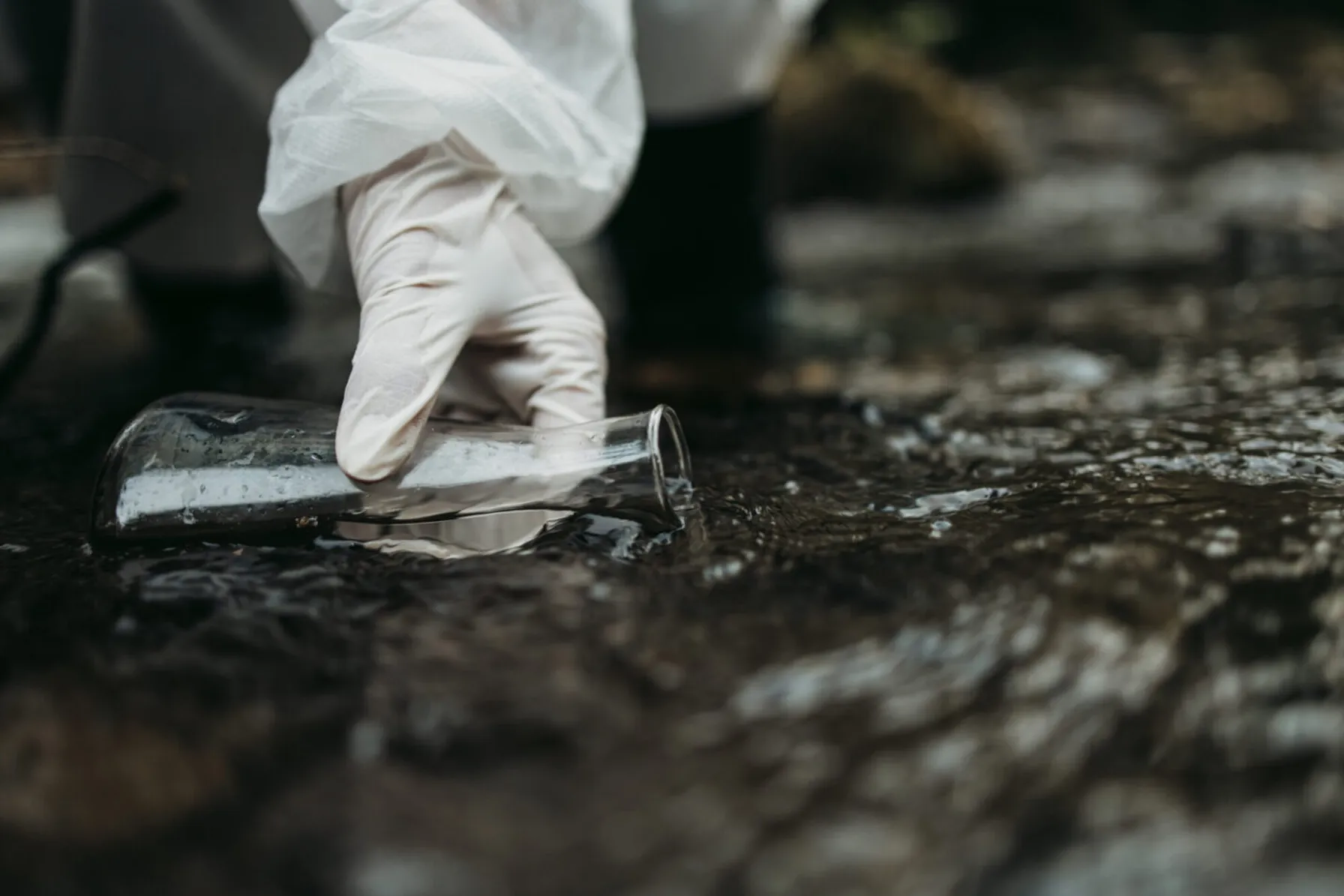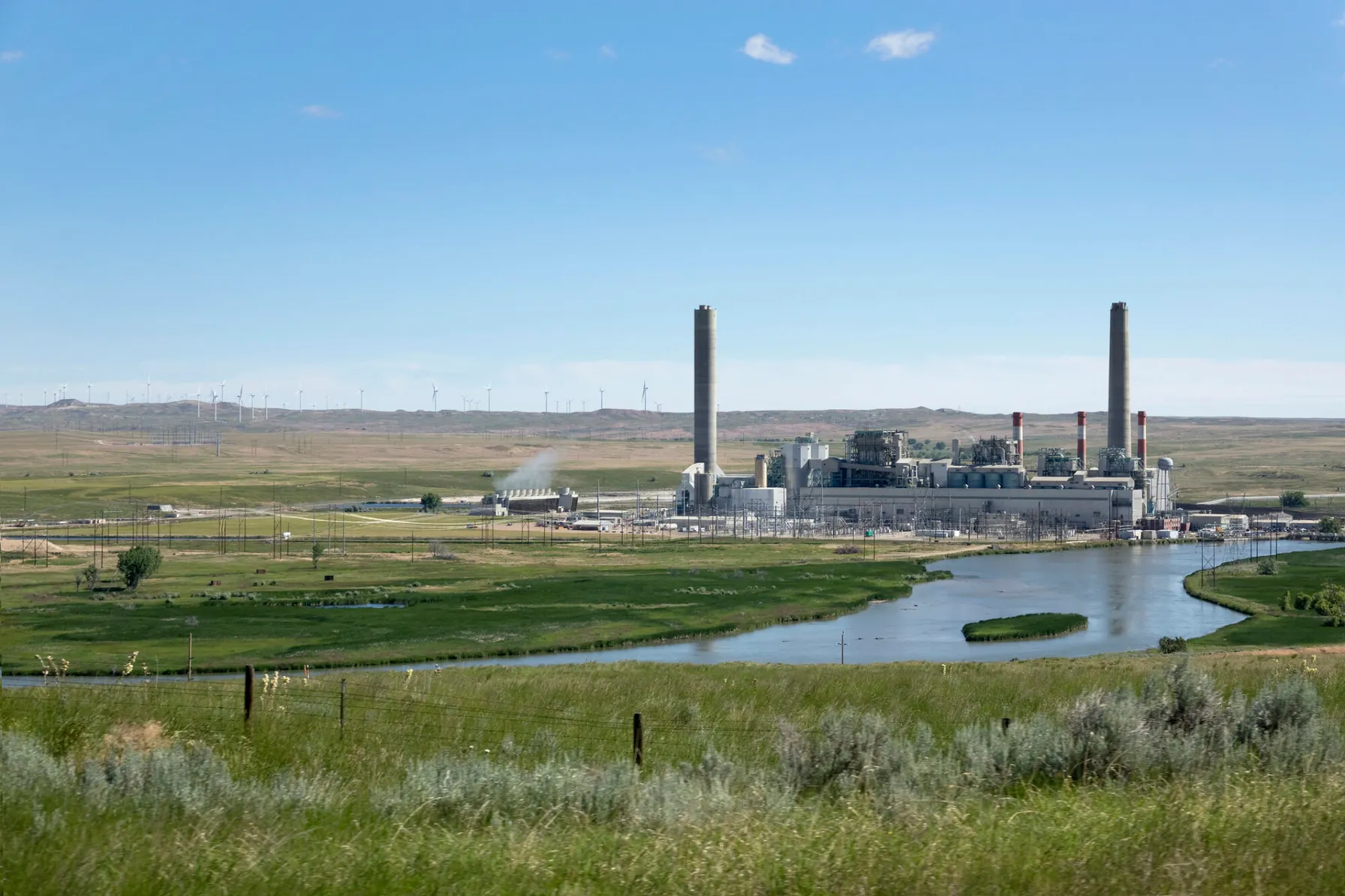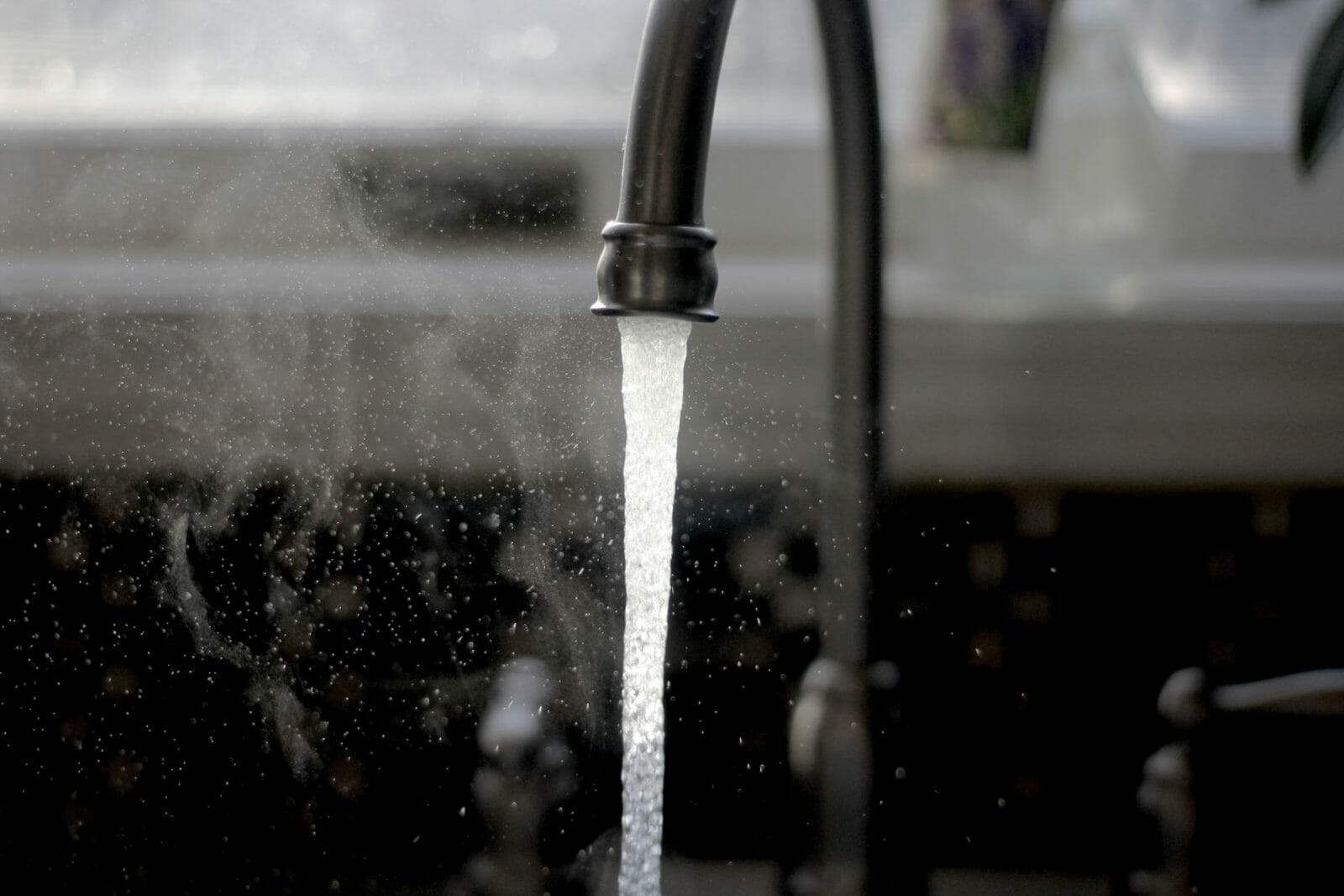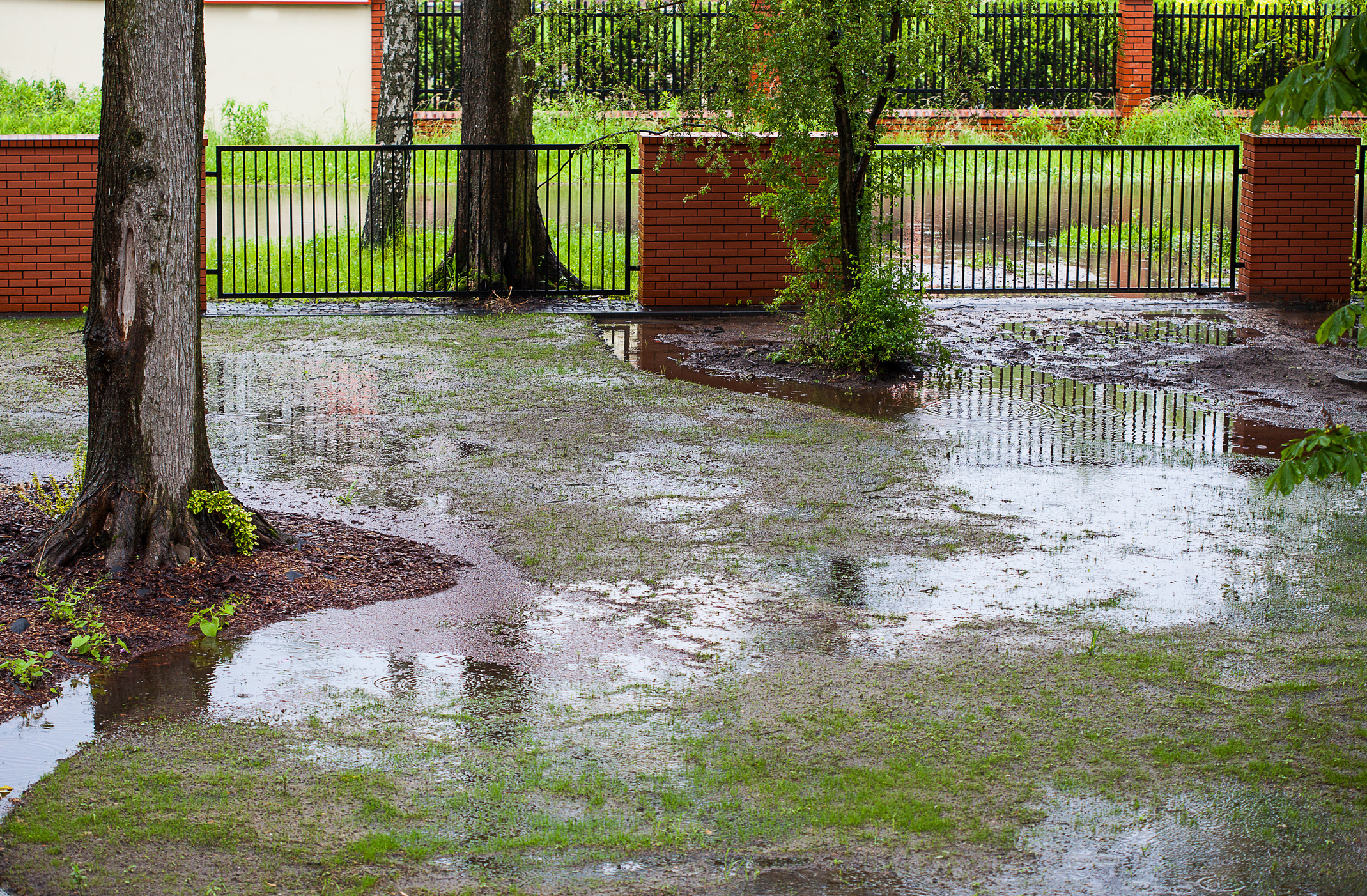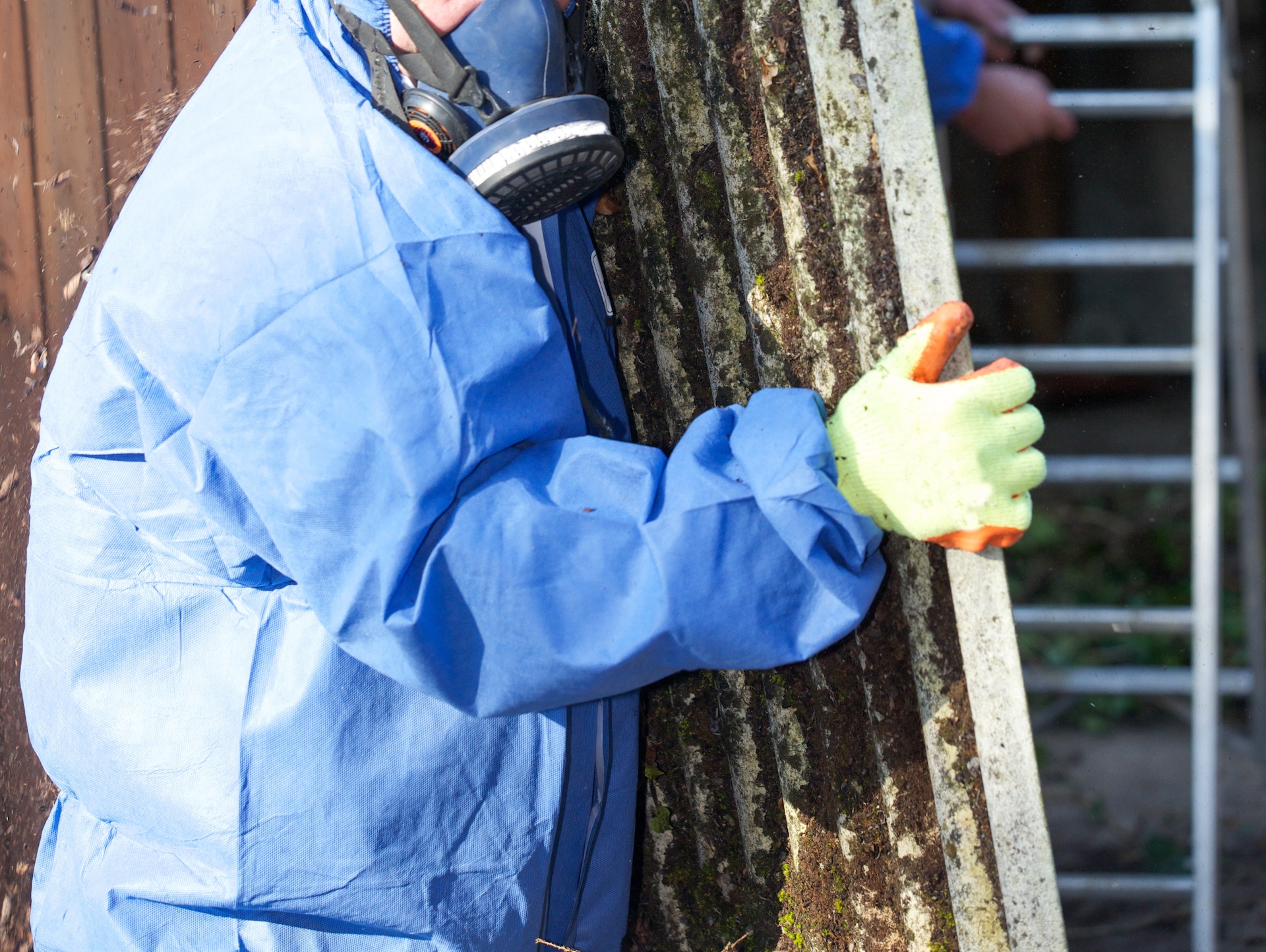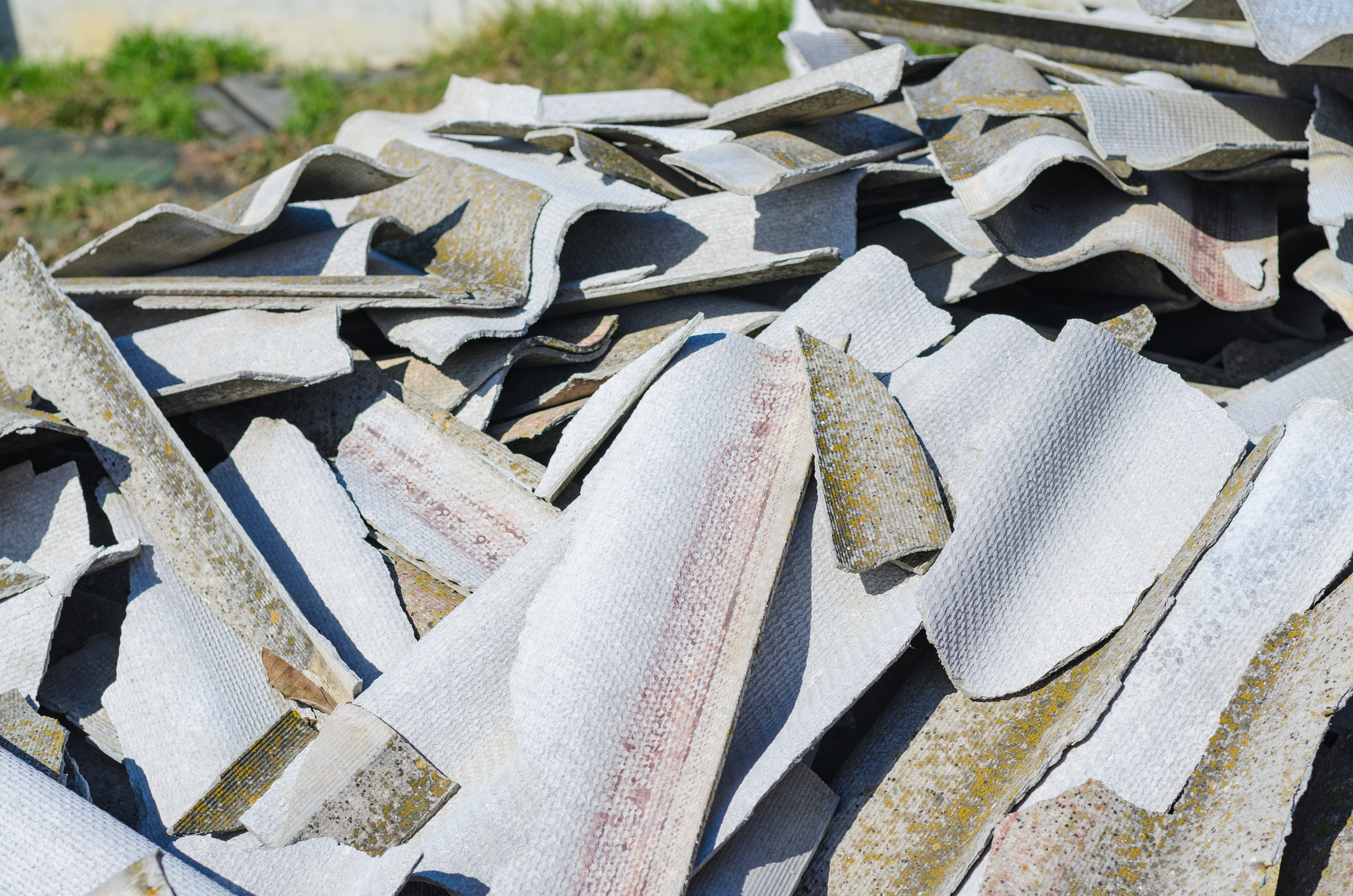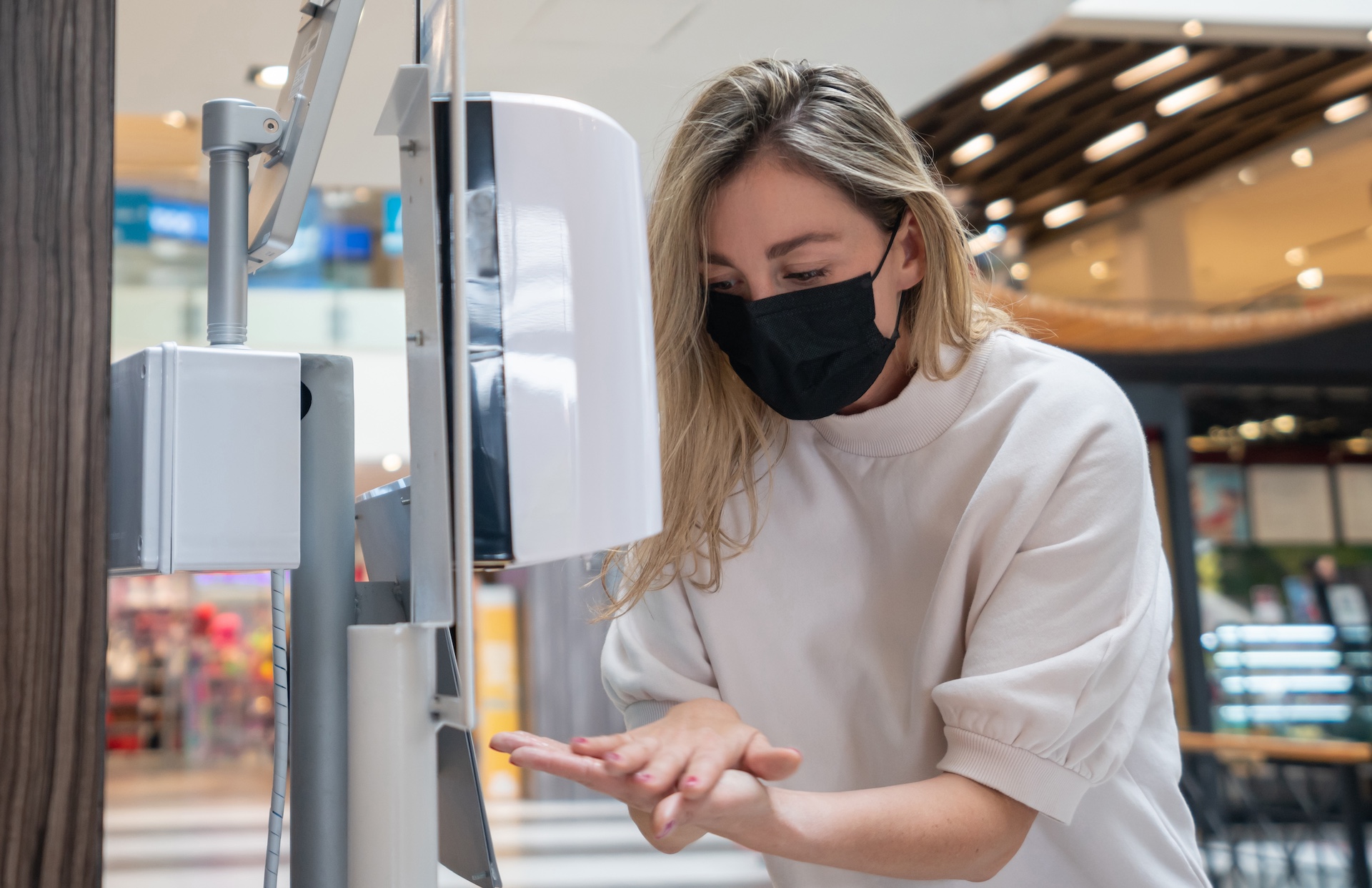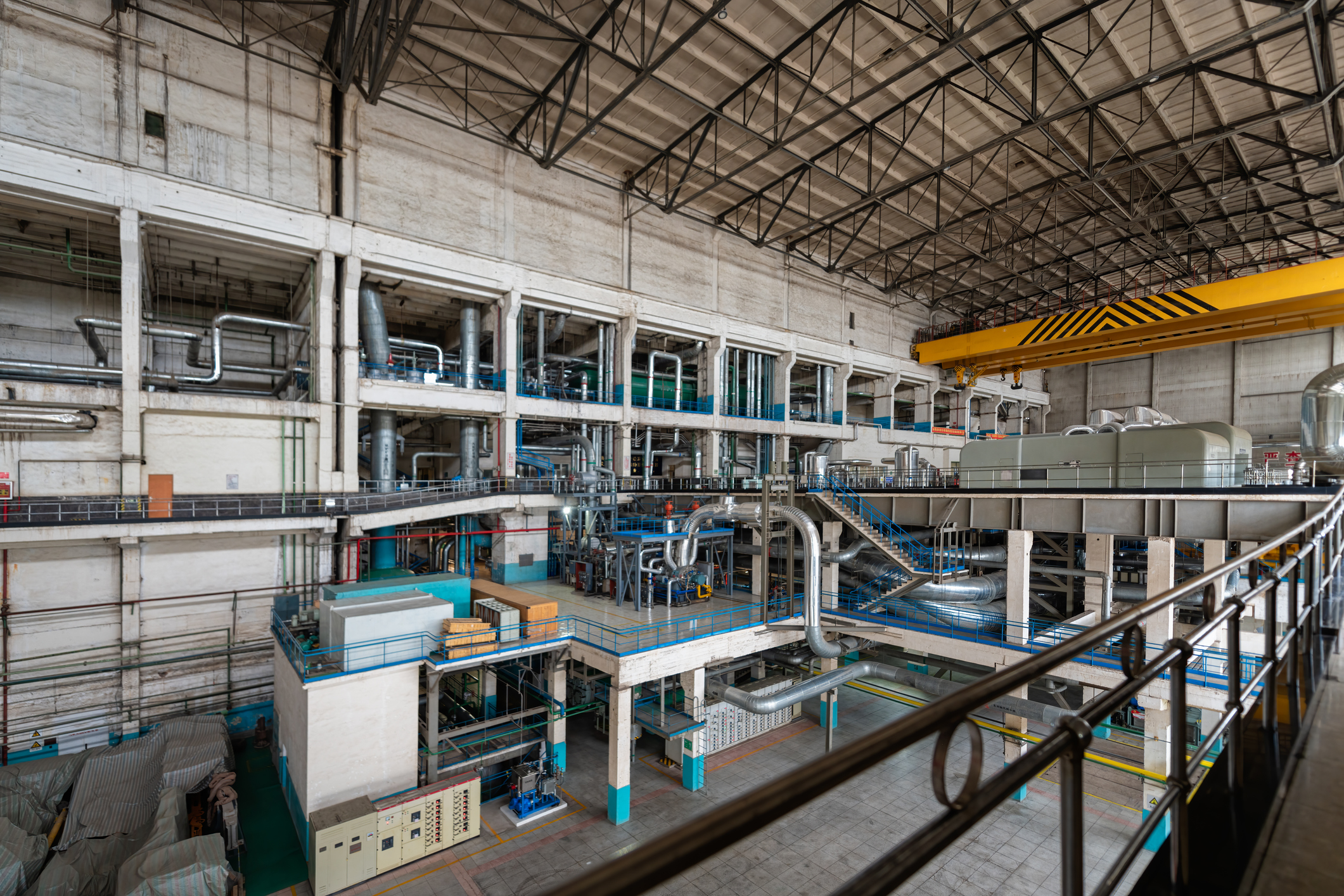Forks, Washington
TRC assisted a Client to evaluate their saw mill property near Forks, Washington, for potential environmental liabilities as part of their pre-sale due diligence. The saw mill and associated lumber industry facilities operated at the subject property from 1956 until July 2015 when the mill and facilities were shut down in anticipation of a potential sale of the property. EPI performed a Phase I Environmental Site Assessment (ESA), a subsequent Phase I ESA, an asbestos survey, and demolition/remediation oversight.

Data generated by the Phase II ESA demonstrated that contamination at the property was found in several areas of potential concern and the constituents of concern were: petroleum hydrocarbons, chlorinated solvents, dioxins/furans, and polychlorinated biphenyls (PCBs). The PCB impacts were limited to one piece of hydraulic equipment in the saw mill.
The asbestos survey sampled 127 different materials throughout more than 25 structures on the property and identified 19 asbestos-containing materials (ACMs), which required special handling and disposal during planned demolition activities.
TRC worked with the Client and multiple demolition contractors to perform focused soil remediation tasks that could effectively be coordinated with demolition and decommissioning activities to achieve cost savings. These remediation tasks include excavation and disposal of boiler ash containing dioxins and furans, excavation and disposal of petroleum-contaminated soil (PCS) at an on-site vehicle maintenance facility, removal and disposal of aboveground and subsurface components of an oil/water separator, and excavation and disposal of PCS from the boneyard area of the property.
- Client: Confidential Client
- Project Location: Forks, Washington
Embrace The Shift
Partner With TRC’s Tested Practitioners
Related Projects
Discover the success we’ve had with helping our clients execute major projects and make a meaningful impact on their local communities.
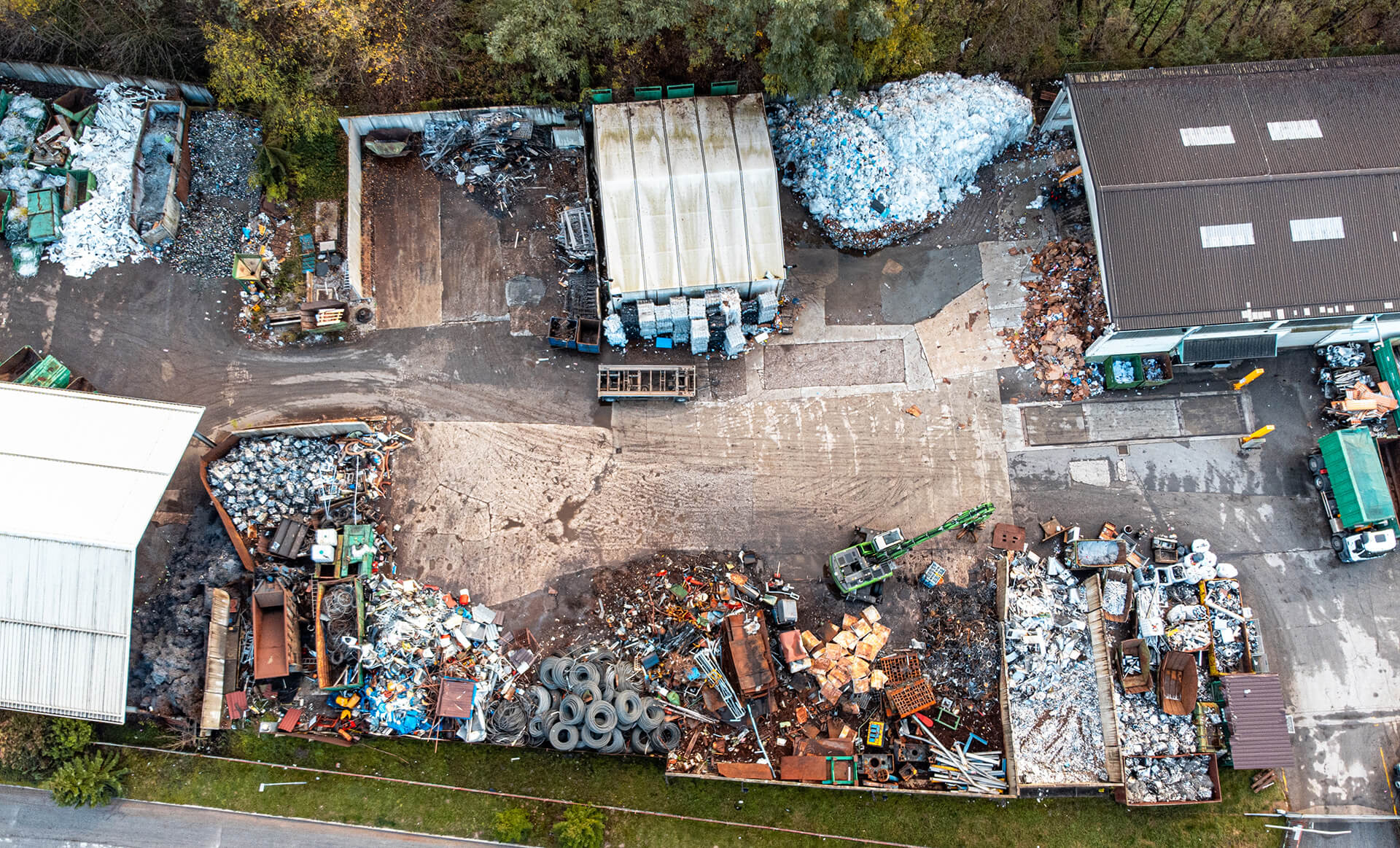
E-Waste Remediation at Former Recycling Facility
Developing Tailored Climate Adaptation Strategies to Safeguard Operations
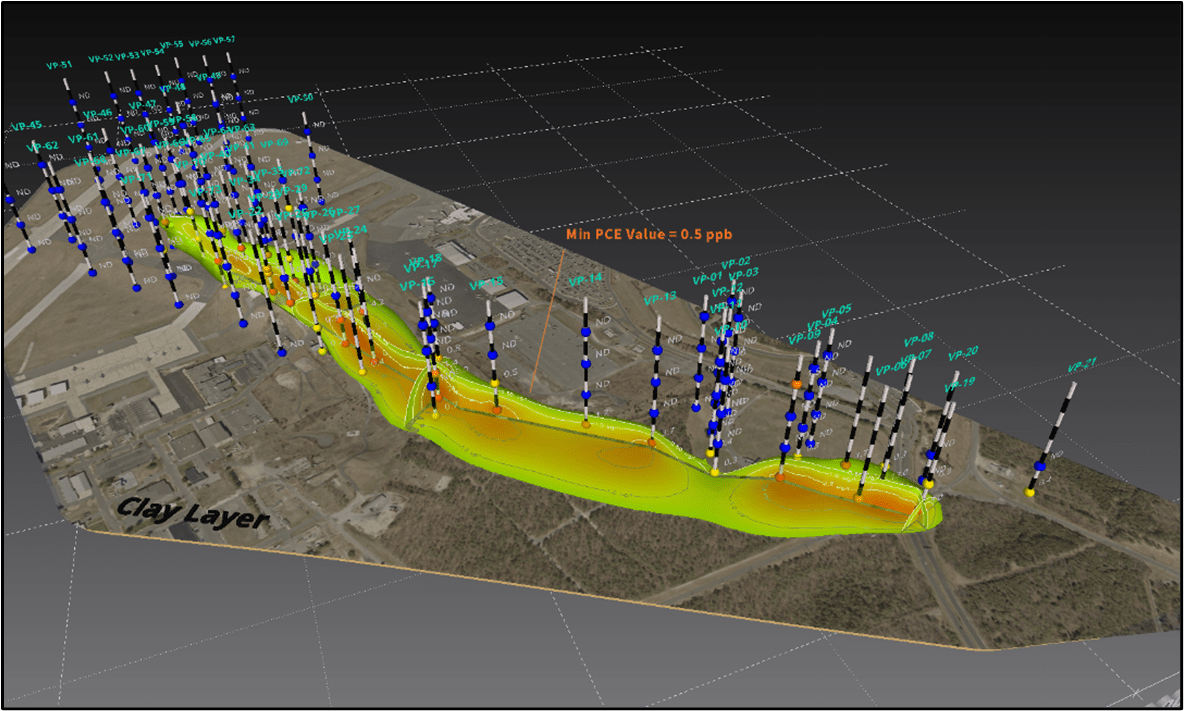
3D Visualization of PCE in Groundwater using Earth Volumetric Studio (EVS) Software
TRC implemented an innovative modeling and visualization approach leveraging the power of 3D volumetric technology.

Creating Solutions: Organic Disposal Reduction Status Impact Reporting
TRC became one of the first firms to successfully complete a Status Impact Report (SIR) in accordance with California’s effort …

Connecticut Department of Transportation Environmental Consulting Services
TRCs services are completed on an on-call and emergency response basis throughout Connecticut.
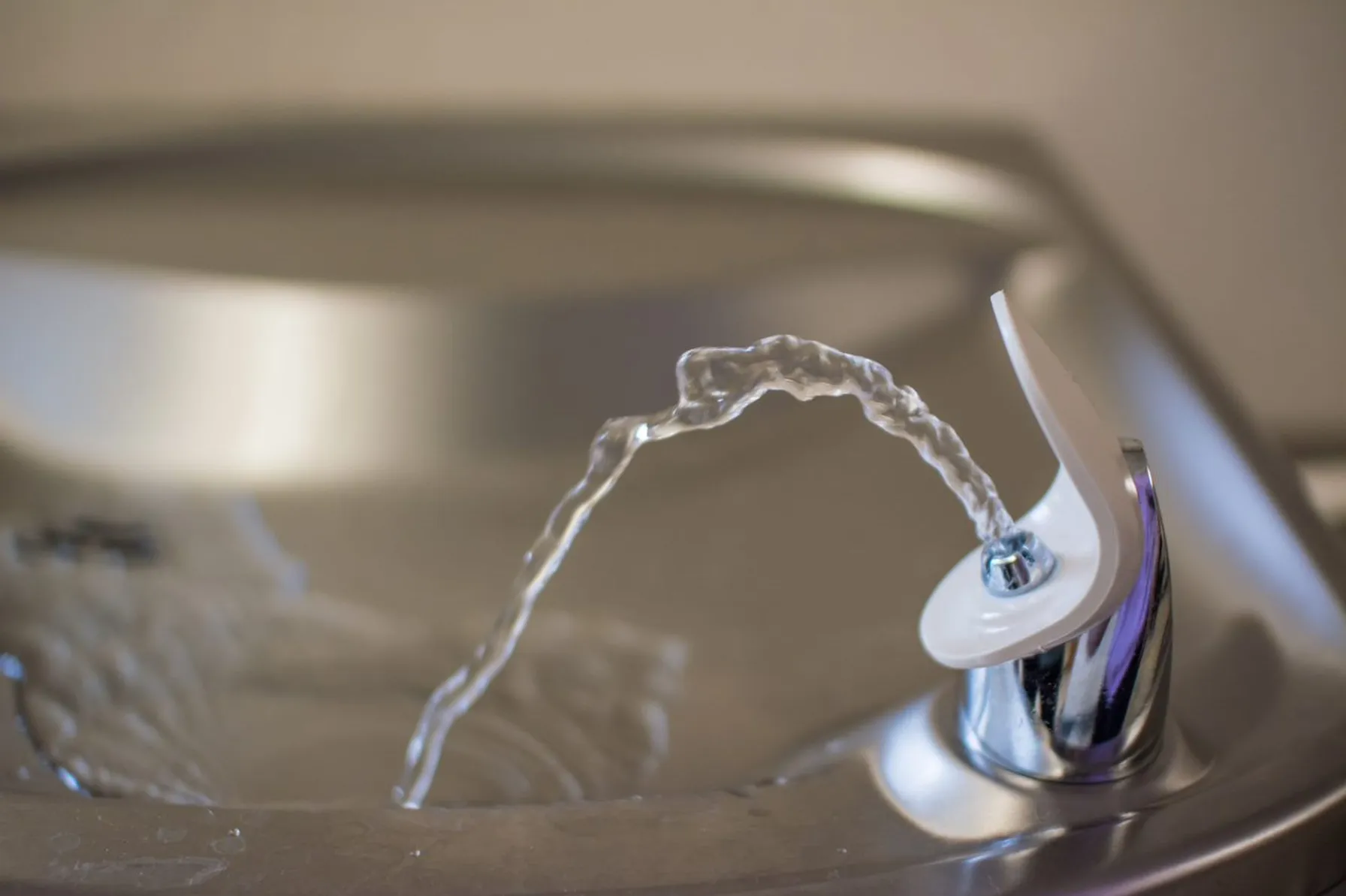
Lead Contamination Testing of Drinking Water For Portland Public Schools
TRC was tasked with sampling all potential drinking water outlets from every facility within the District.
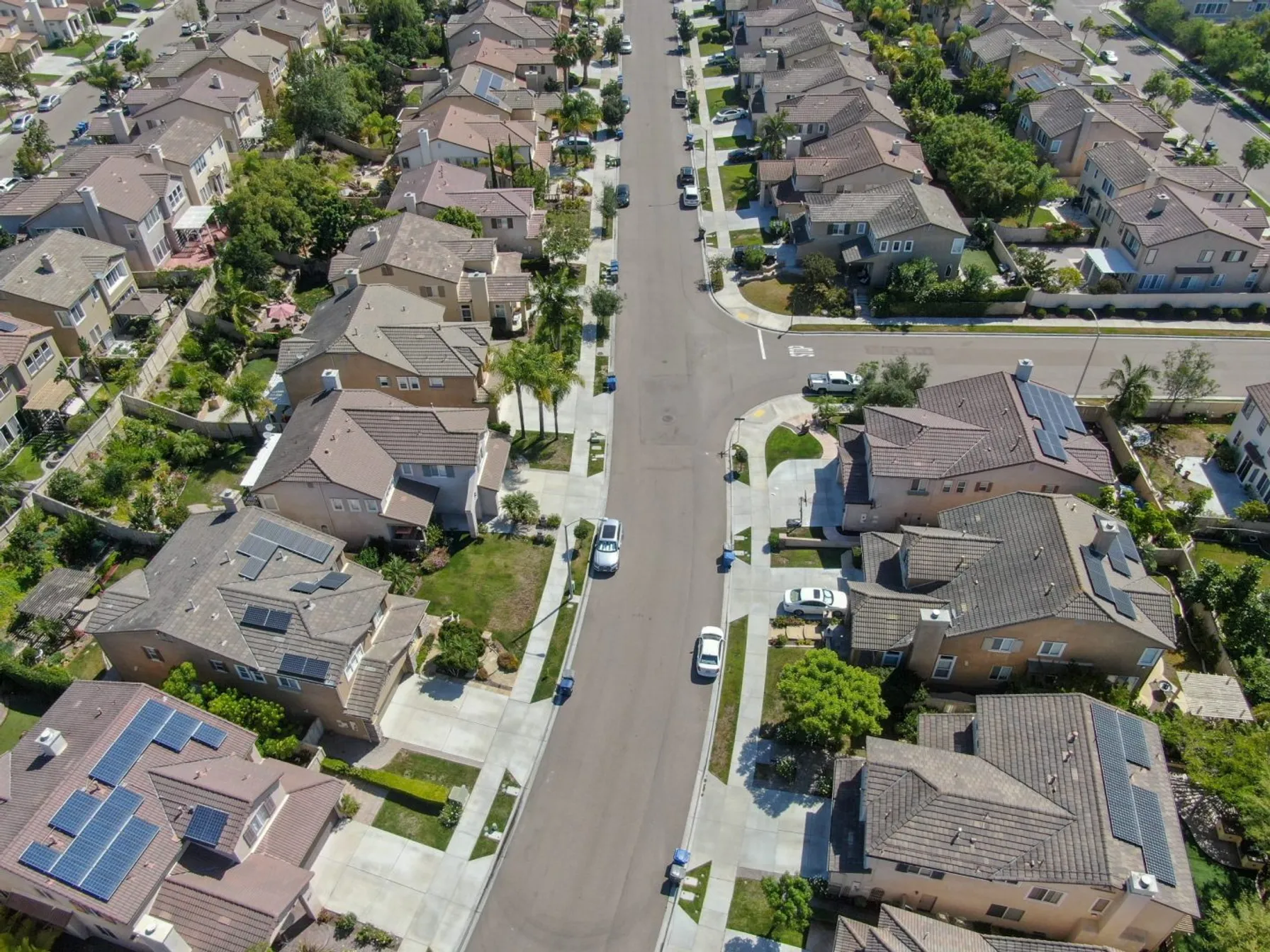
Connecticut Children’s Healthy Homes Program
TRC has been consistently providing on-call professional services involving residential Lead-Based Paint (LBP) hazards and Healthy Homes Interventions (HHI)
Sharing Our Perspectives
Our practitioners share their insights and perspectives on the trends and challenges shaping the market.
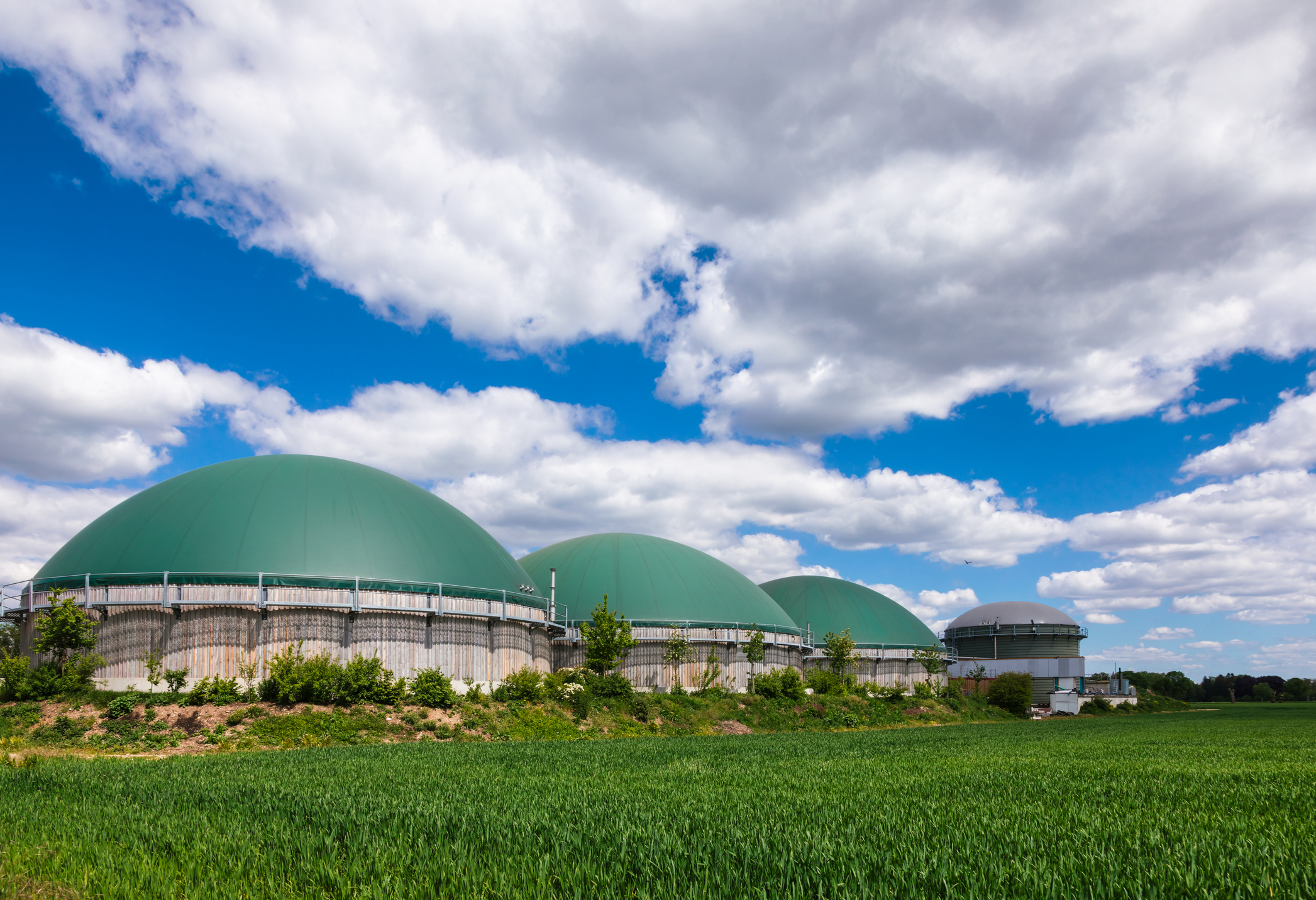
TDU Webinar- Bioventing Residual LNAPL Plumes
August 27, 2024
TRC’s expert discusses the basics of hydrocarbon bioventing and bioventing system and well design. Two case studies are also provided to demonstrate examples of bioventing source remediation and the installation of a bioventing system at a refinery and a bulk fuel farm.

Microplastics ITRC Guidance Document and Training Available Soon!
February 23, 2023
Microplastic particles have been found in nearly every corner of the globe, but health effects and toxicity are only beginning to be understood. Because of their ubiquitous nature, microplastics present a challenge in both accurate sampling and source attribution. Microplastics are emerging as an environmental issue that regulators and industry will be increasingly focusing on in the coming years.

Odor Evaluation Services
February 23, 2023
TRC is nationally recognized as an expert in the field of odor measurement, identification, modeling and control engineering. This presentation includes an overview of odor properties, odor evaluation, modeling and odor thresholds and outlines the four sensory properties: detectability, intensity, character and hedonic tone.
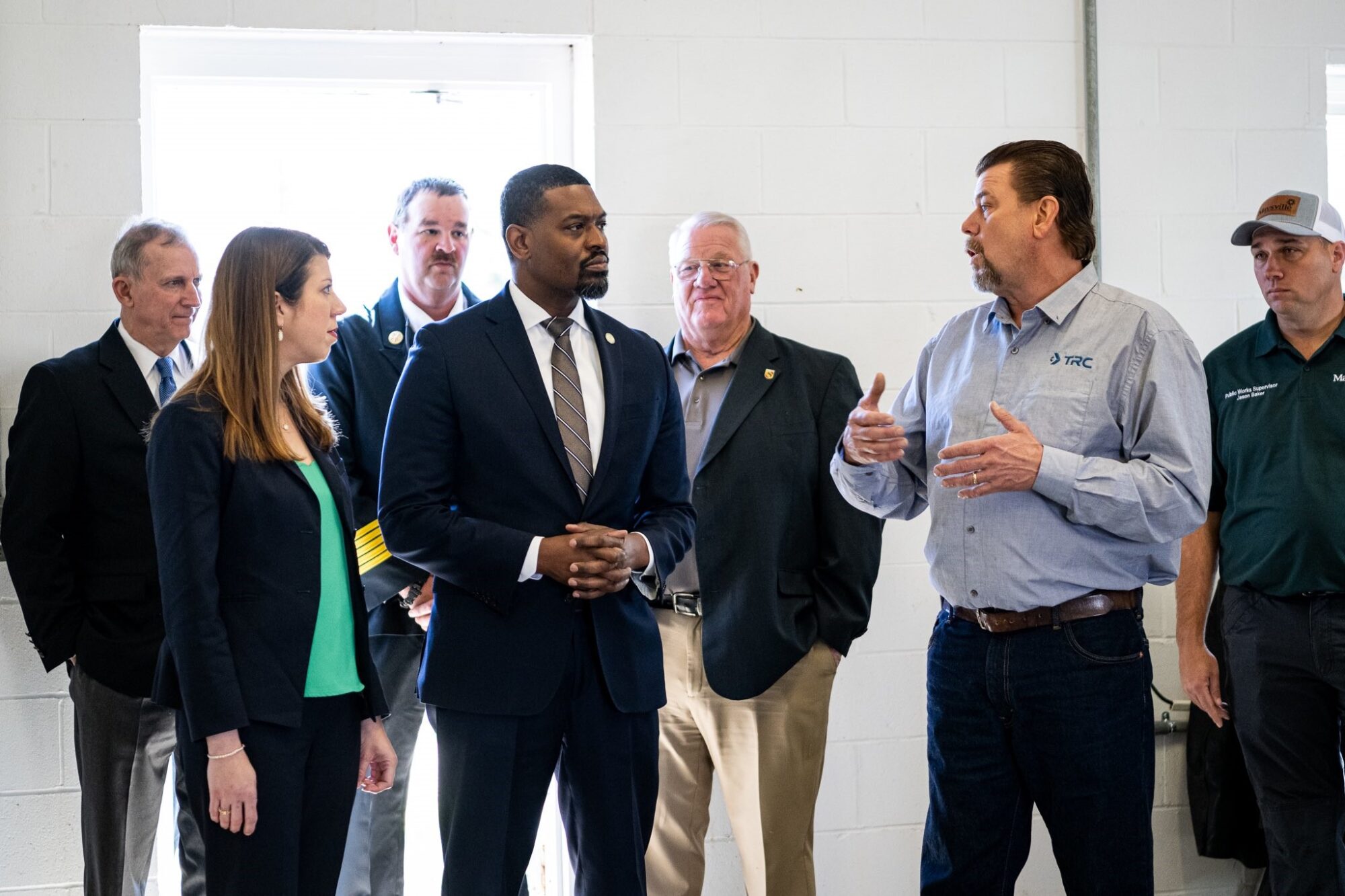
EPA Announces $2 Billion in Funding to Address Emerging Contaminants in Drinking Water
February 14, 2023
Environmental Protection Agency Administrator Michael Regan announced $2 Billion in infrastructure funding to help the nation’s rural water supplies.

Metals 101
February 8, 2023
Metals are naturally occurring elements in the Earth’s crust that enter the environment through natural processes. They can be found in groundwater, soil and sediment. The trophic transfer of these elements in aquatic and terrestrial food chains has important implications for wildlife and human health.
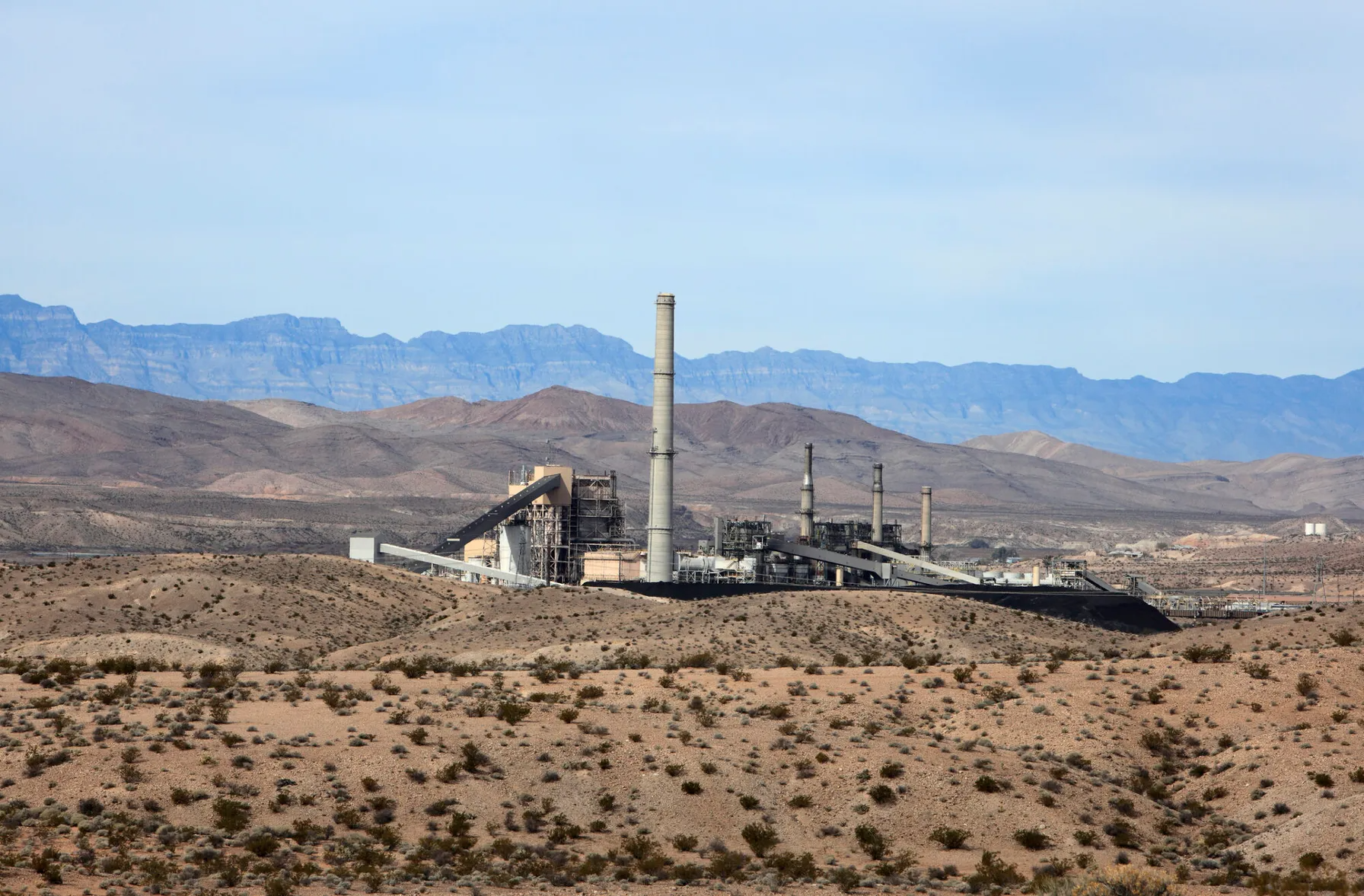
Biotic and Abiotic Reduction to Achieve Groundwater Compliance at CCR Sites
November 22, 2022
TRC conducted two case studies to test different EA strategies. In both studies, chemical and biological reduction to stabilize metals at former CCR sites were evaluated.

Implementing bioremediation at environmental cleanup sites: TRC experts weigh in at leading industry conference
May 17, 2021
TRC experts make several presentations at the Battelle conference about innovative approaches they have developed for implementing and monitoring bioremediation and the use of naturally-occurring or deliberately-introduced micro-organisms to break down environmental pollutants.

Iron sulfide: The “miracle mineral” in environmental remediation
April 26, 2021
Whether it’s treating an arsenic spill at a railroad site in Wisconsin or releases of chromium and other metals or metal-cleaning solvents at manufacturing sites in California, New Jersey, and South Carolina, a mineral marrying iron and sulfur -iron sulfide- is emerging as a powerful and versatile tool in the environmental remediation toolbox.

TRC Awarded a Yahara WINS Grant
August 28, 2020
TRC was recently awarded a Yahara WINS grant to develop a pilot scale simple aeration method for removing phosphorous from the discharge of manure digesters. The grant application was developed and submitted by: Bob Stanforth, Alyssa Sellwood, Mike Ursin, Ted O’Connell, Ken Quinn, and John Rice, who are members of multiple TRC CORE teams.

Ecological Risk of PFAS from AFFF-Impacted Sites
June 30, 2020
The facts on evaluating exposure to wildlife

Are You Prepared for 2024 TSCA Chemical Data Reporting?
October 9, 2023
Chemical Data Reporting (CDR), like the Olympics, occurs every four years, and then most facilities move on to more pressing environmental, health and safety (EHS) matters.

EPA Proposed PFAS Reporting Requirement
July 29, 2021
New proposed rule would require all manufacturers and importers to report any amount of PFAS onsite

